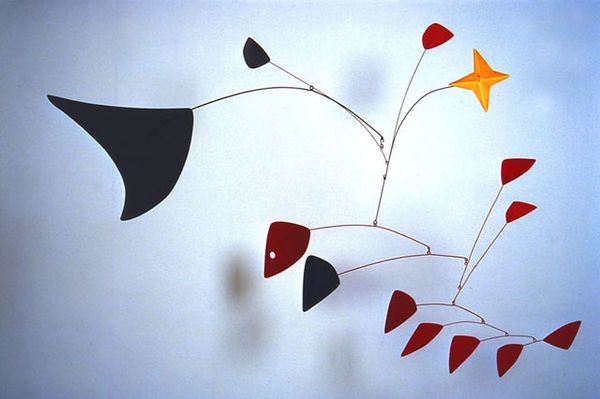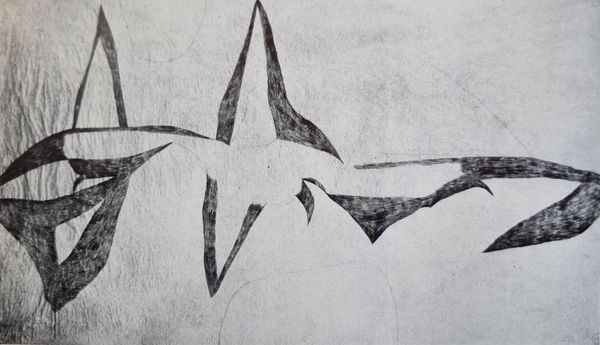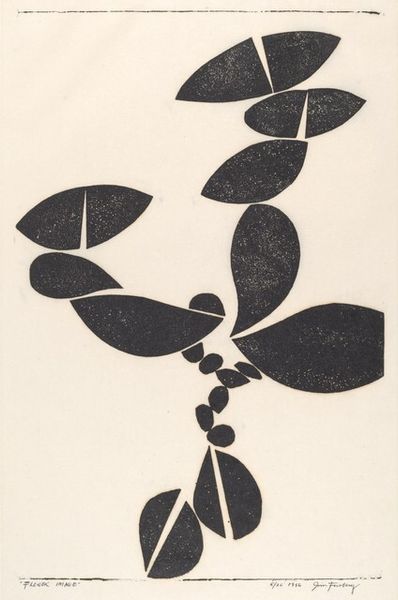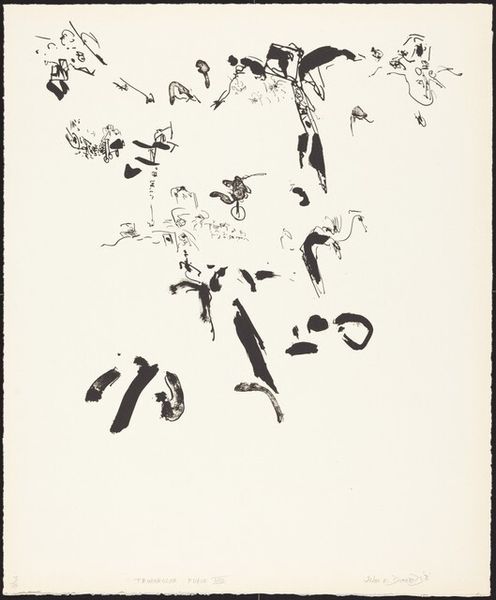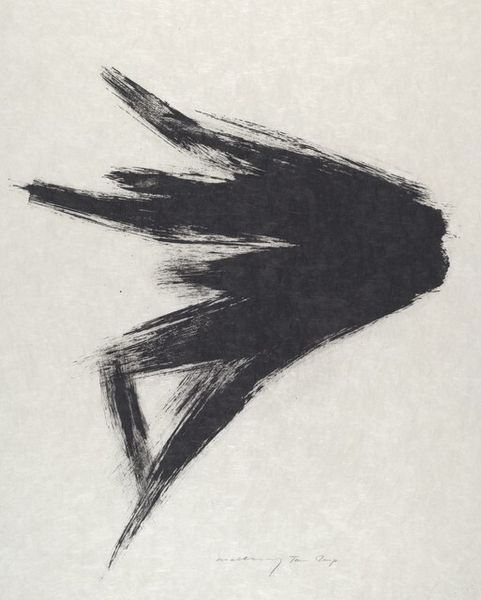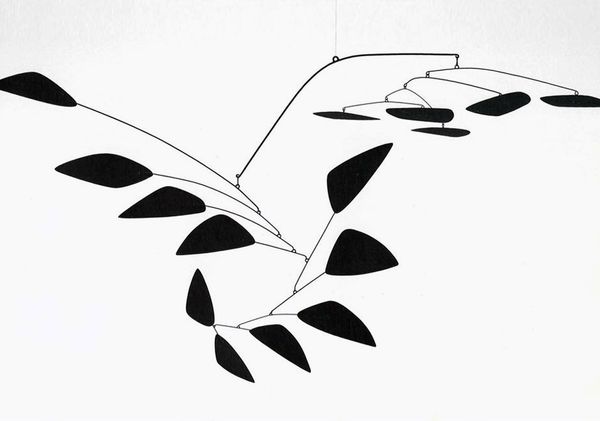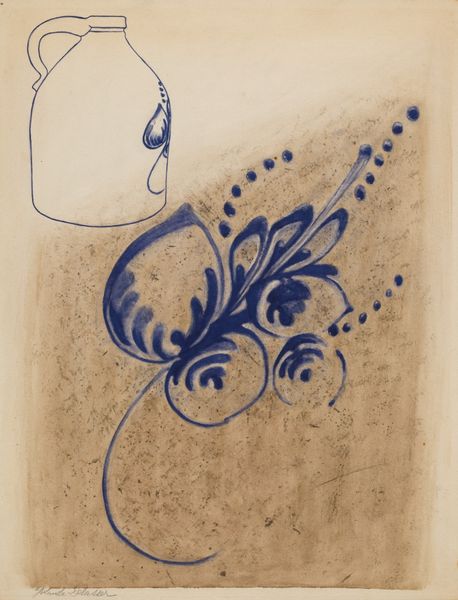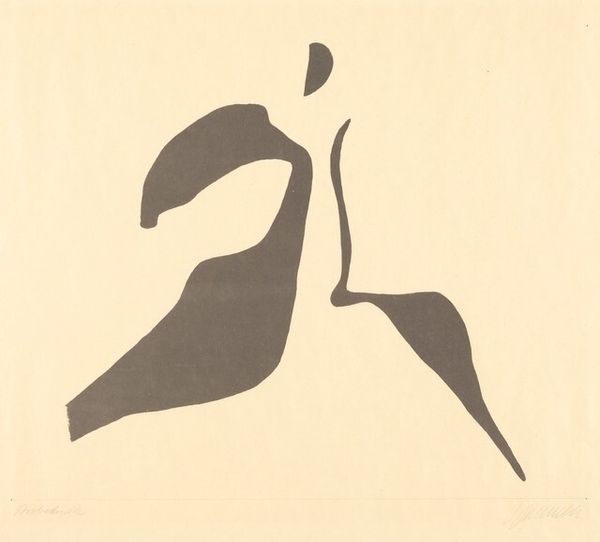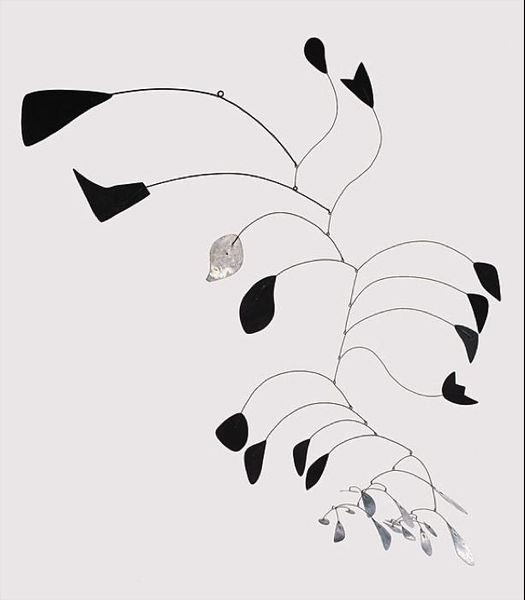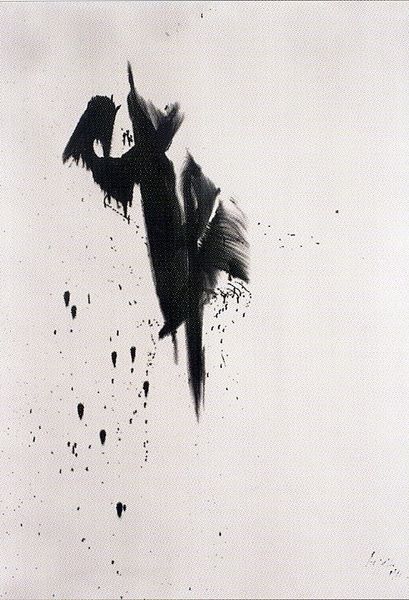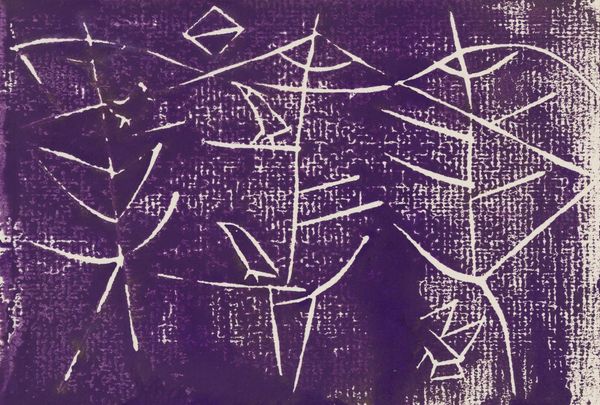
Dimensions: sheet: 32 x 31.3 cm (12 5/8 x 12 5/16 in.)
Copyright: National Gallery of Art: CC0 1.0
Curator: Well, here we are looking at M.C. Escher's "Circle Limit III" from 1959. It’s a linocut print. What jumps out at you? Editor: Okay, so right off the bat, it feels like a cosmic drain! Those fish, shrinking into infinity around the edge—it's both fascinating and a bit unsettling. Like watching the universe tidy itself away. Curator: It's a compelling visual metaphor. Escher was really playing with mathematical concepts of hyperbolic geometry, the idea that parallel lines eventually converge. Editor: Which, in regular language, means...? Curator: Imagine a curved space instead of a flat one. It is kind of hard. So, these fish, which are all identical in a hyperbolic sense, appear smaller as they approach the edge. Escher found beauty and order in what could be a really complicated abstract math. Editor: So, beyond the mathematical acrobatics, I see those cute, stylized fish. There’s a peculiar innocence to them, oblivious as they swim towards some kind of…oblivion. Do you think Escher felt a certain way about the industrialization creeping across postwar Europe at this moment in time? Curator: He lived in a moment obsessed with social progress and the looming shadow of technological advancement, a point where a sense of optimism wrestled against looming destruction. Circle Limit III gives an alternative point-of-view, where that tension can resolve. A way to appreciate the world as it continues on, mathematically, elegantly. It feels like something a scientist could love but also someone looking for beauty in nature, right? Editor: Absolutely. It's not just an intellectual puzzle, but a deeply felt piece. There's that tension between the micro, those charming little fish, and the macro, the infinite universe they imply. That push and pull is what keeps it engaging. It is beautiful and strange. Curator: Right. It's an ordered chaos, which maybe reflects Escher’s own experience of trying to visualize complex, mathematical realities through tangible art. Editor: Seeing those black and white forms really dance around, shrinking down to nothing and everything, somehow it feels so optimistic! Thanks for revealing something new to me here! Curator: Thanks for your perspectives! It’s interesting how seeing these pieces together brings new life to artwork for each of us individually.
Comments
No comments
Be the first to comment and join the conversation on the ultimate creative platform.

